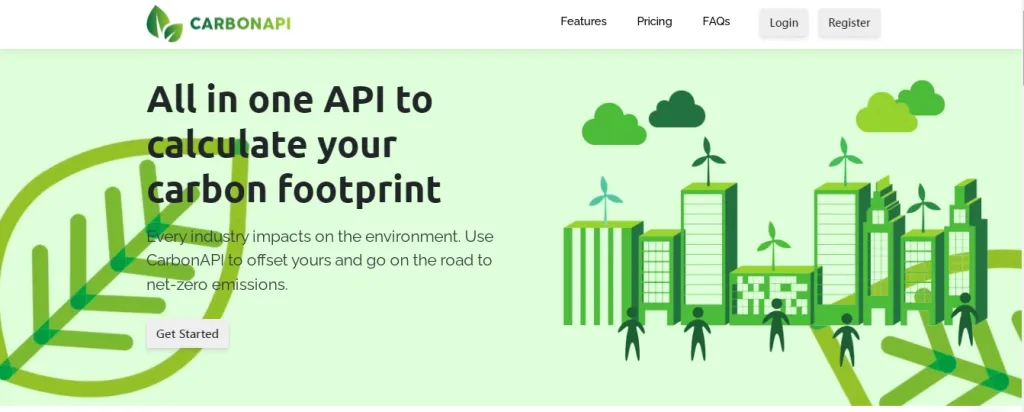As the world becomes more aware of the need to take action on climate change, businesses and organizations are looking for ways to measure and reduce their greenhouse gas (GHG) emissions. Carbon accounting, with the help of an API, is one tool that can be used to track emissions and report them transparently.
Carbon Accounting And Its Importance
Carbon accounting is the process of measuring GHG emissions and reporting them in a way that is consistent with international standards. The most common way to account for carbon emissions is through the use of a GHG inventory. A GHG inventory can help businesses and organizations understand their emissions profile and identify areas where they can reduce their impact on the climate.
There are many benefits to using carbon accounting to track emissions. First, it can help businesses and organizations meet their environmental goals by providing a clear picture of their progress. Second, it can improve decision-making by providing data on which reductions will have the most significant impact. Third, it can increase transparency and accountability by allowing businesses and organizations to report their emissions publicly.
All of these can help businesses and organizations build trust with stakeholders by demonstrating a commitment to taking action on climate change.
The Role Of Businesses In Climate Action
Businesses are estimated to be responsible for up to 60% of global greenhouse gas emissions. As such, they have a critical role to play in climate action.
Fortunately, many businesses are already taking steps to reduce their carbon footprint and become more sustainable. Many large companies have set ambitious goals to achieve net-zero emissions by 2050. To reach these goals, businesses are investing in clean energy, electric vehicles, and other low-carbon technologies. They are also working to improve energy efficiency and reduce waste.
While businesses have made progress in reducing their emissions, there is still more work to be done. Climate change is a global problem that requires collective action from all sectors of society. Businesses must continue to do their part to help solve the climate crisis.
What Is An API?
An API is an interface that allows two pieces of software to communicate with each other. In the context of climate change, an API can be used to collect data from various sources and then aggregate it into a single format. This makes it possible to track emissions from different industries and businesses over time and compare them against each other.
There are many different types of Carbon Calculator API s available, but they all have one common goal: to make it easier to access data that would otherwise be difficult to obtain. CarbonAPI is one example of an API that can track emissions data.
Why Use CarbonAPI
CarbonAPI is widely used to meet international standards and find ways to reduce carbon footprint. Thanks to its large database, it allows calculating the carbon footprint emitted by transportation, or in the energy use needed for an activity.
You will be able to get neat information, in reports or graphs. In addition, developers prefer this API for its compatibility with most programming languages. Thanks to this, CarbonAPI is compatible with almost all digital platforms. If you are interested you can try it for free!



